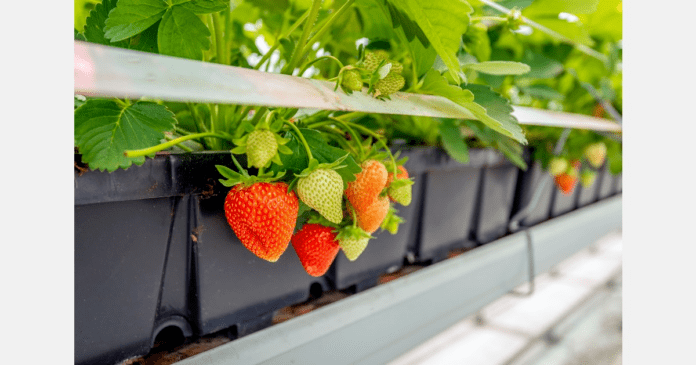“`html
Unveiling the Role of YTH Genes in Rosaceae: A Breakthrough in Plant Development and Fruit Quality
Recent research has made significant strides in understanding the YTH genes present in the Rosaceae family, which encompasses economically important fruits such as apples, strawberries, and peaches. This study, conducted by researchers from Zhejiang University and Chongqing University, successfully identified and characterized 185 YTH genes across twelve species within this family. The findings shed light on the regulatory mechanisms surrounding N6-methyladenosine (m6A) modifications in RNA and their implications for plant development and fruit quality, heralding new opportunities for agricultural innovation and crop enhancement.
The Importance of YTH Domain Proteins
The Rosaceae family has long been a focal point for agricultural research due to its economic significance. However, the role of YTH domain proteins—central to recognizing m6A RNA modifications—has remained largely underexplored in these species. Understanding the functions of these proteins is vital for advancing fruit quality and improving plant resilience to environmental stressors. Therefore, a comprehensive study of YTH genes within Rosaceae species is essential to unlock their potential benefits.
Key Findings from Recent Research
On January 13, 2025, a pivotal study published in the journal Food Quality and Safety (DOI: 10.1093/fqsafe/fyae050) marked a significant advancement in our understanding of YTH genes in Rosaceae species. The researchers unveiled a total of 185 YTH genes across twelve species, providing critical insights into the genetic mechanisms that govern fruit development and quality.
Employing a sophisticated genomic approach, the research team identified the YTH genes and analyzed their expression patterns across the twelve species. By conducting Profile Hidden Markov Model (HMM) searches against protein databases, they successfully pinpointed 185 YTH domain proteins, which were classified into two distinct subfamilies: YTHDF and YTHDC. The team constructed phylogenetic trees and conducted conserved motif analyses to elucidate the evolutionary relationships and functional domains of these proteins. Detailed expression profiling of YTH genes in key species such as Fragaria vesca (strawberry), Malus domestica (apple), Prunus persica (peach), and Rubus idaeus (raspberry) revealed tissue-specific patterns of gene activity, underscoring their roles in plant and fruit development.
Implications for Plant Resilience and Fruit Quality
One of the notable findings from the study was the significant impact of MeJA (Methyl jasmonate) treatment on the expression of PpYTHDFC1 and PpYTHDFE1 in peaches, indicating their potential role in alleviating chilling injury during cold storage. Additionally, the overexpression of PpYTHDFE1 in tomatoes resulted in increased organic acid accumulation, while decreasing the sugar-to-acid ratio, thus demonstrating a direct influence on fruit flavor. Such findings bridge crucial knowledge gaps and open new avenues for genetic improvements in fruit crops, with the potential to enhance both fruit quality and plant adaptability.
Future Directions in Agricultural Research
Dr. Ying Gao from Chongqing University emphasized the significance of this research in the field of plant epigenetics, stating, “Deciphering the YTH genes in Rosaceae species represents a monumental step forward in plant epigenetics. Our detailed identification and analysis of these genes provide a solid foundation for understanding how m6A modifications regulate plant processes, impacting fruit development and quality. This study not only deepens our understanding of plant molecular biology but also offers valuable insights for breeding programs aimed at improving fruit characteristics and enhancing crop resilience to environmental stressors.”
Conclusion
The identification and characterization of YTH genes in the Rosaceae family present exciting prospects for agricultural research. By elucidating the genetic mechanisms underlying fruit development and quality, this research lays the groundwork for potential breakthroughs in enhancing flavor and resilience in crops. The implications of these findings are profound, as they not only advance our understanding of plant biology but also contribute to the ongoing efforts to improve agricultural practices and food production in the face of environmental challenges.
Source: EIN
“`




